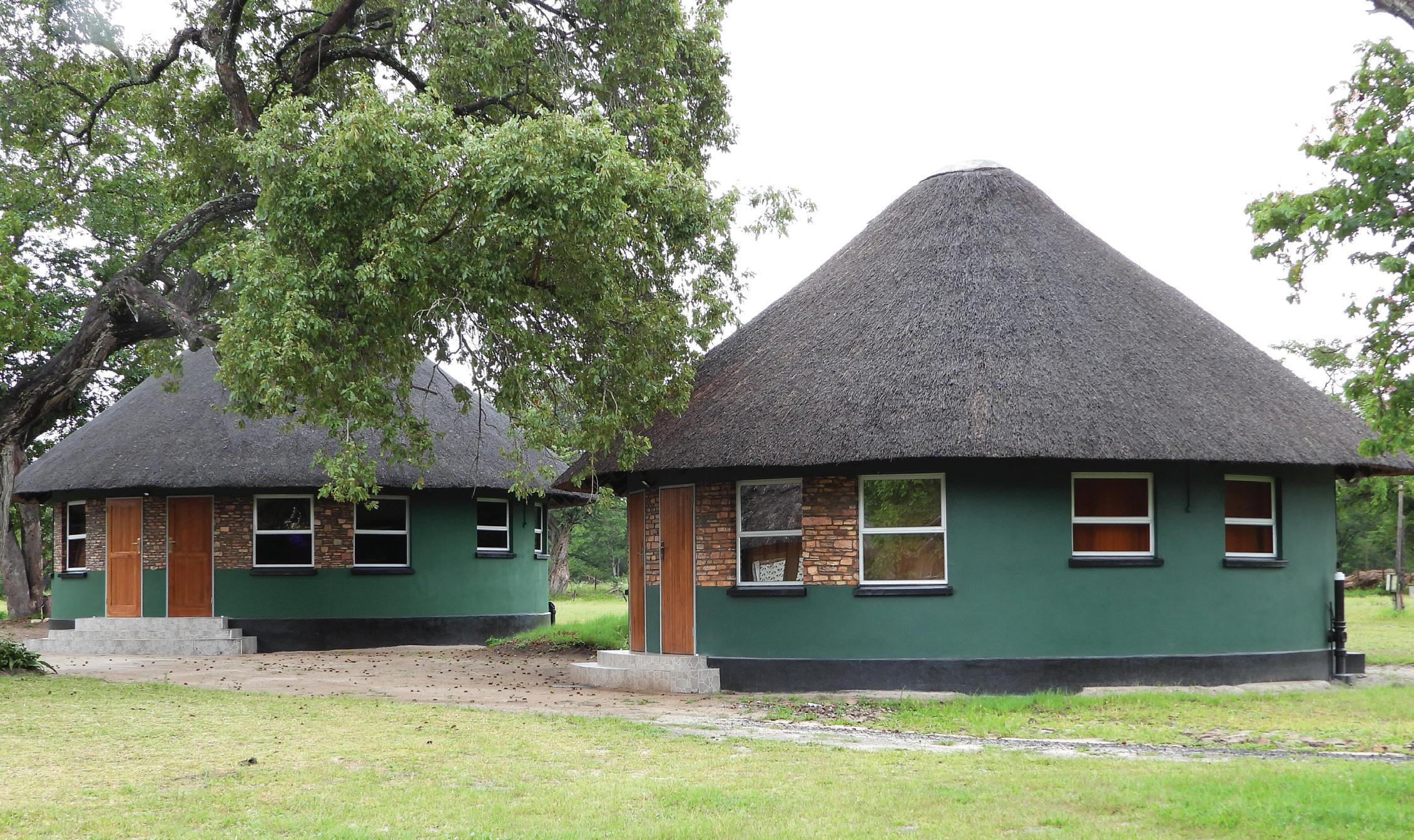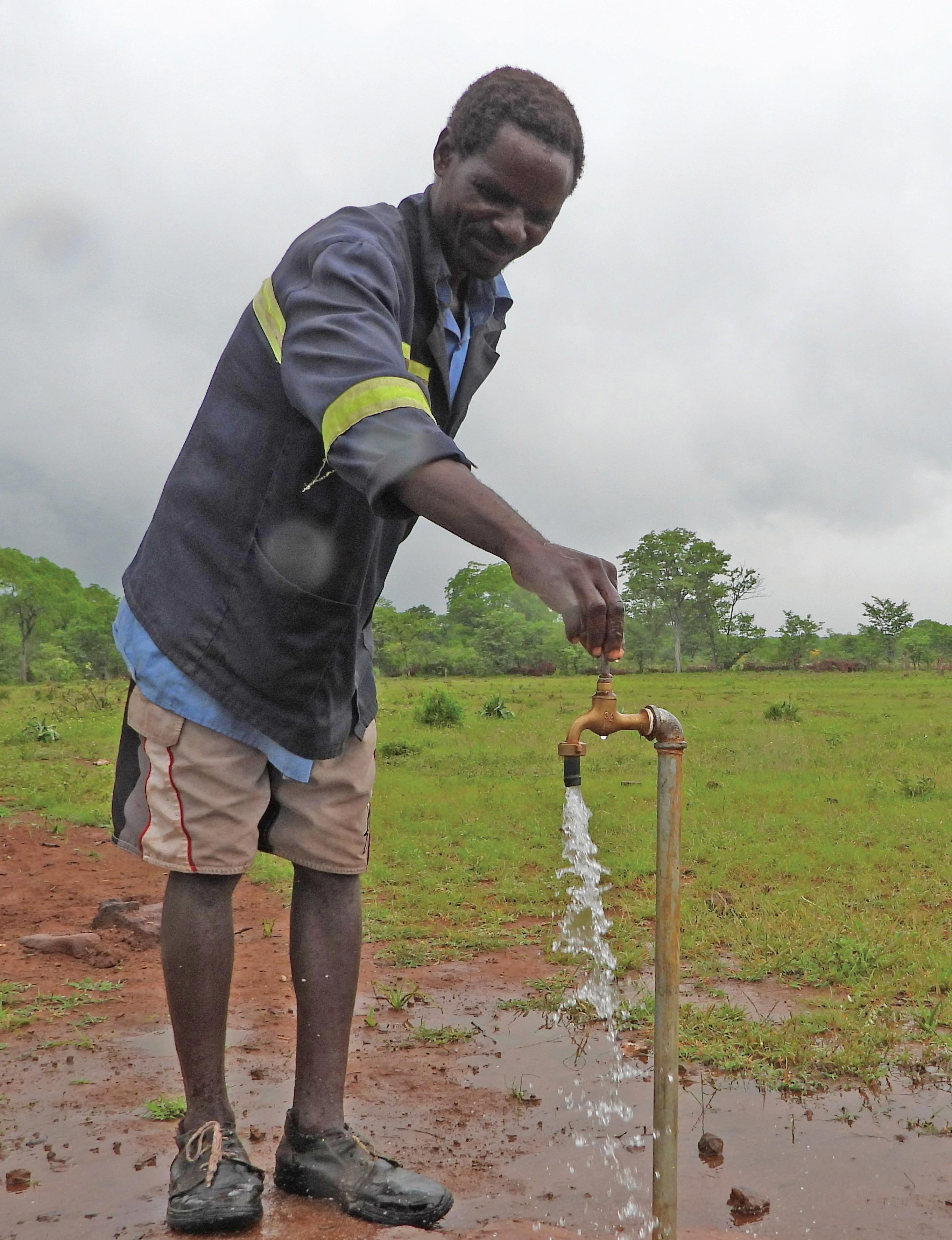
1 minute read
ZimParks flagship camp undergoes refurbishment
Hwange Main Camp sits in a beautiful natural setting at the western edge of the giant Hwange National Park—an ideal location for safari lovers. Wild animals like impala, buffalo, giraffes, kudus and zebras can all be spotted roaming freely near the camp. Hyenas occasionally come sniffing around the camp and visitors might hear lions roaring in the distance.
It is, thus, befitting that the camp was included in post-COVID-19 recovery efforts to revive wildlife tourism as part of a US$5 million-dollar five-year ZimParks-IFAW partnership. Under Phase 2 of the project, four cottages at Hwange Main Camp have been upgraded.
Advertisement
“Improved tourism infrastructure is critical in delivering a magical tourism experience in Hwange National Park Our vision is to support investments in such catalytic infrastructure, and help accelerate the recovery of the tourism industry thus contributing to transformational socioeconomic outcomes for Zimbabwe,” says Phillip Kuvawoga, IFAW’s Program Director, Landscape Conservation.
The upgraded cottages have a fresh and vibrant look. This includes new bathrooms with more spacious showers, new fittings and new ceilings. For greater convenience, guests staying at the four cottages will have access to free WiFi, allowing them to connect with loved ones back home.
“We are delighted about the positive impact that the value-driven conservation partnership between IFAW and ZimParks continues to make. With all these investments towards tourism development, we foresee Hwange becoming a destination of choice for our domestic, regional and international tourists,” says Samson Chibaya, ZimParks Matebeleland North Regional Manager. Considered one of the most important countries for species richness in Southern Africa, Zimbabwe is targeting to grow the tourism sector into a US$5 billion-dollar industry attracting at least 5 million visitors per year by 2025.
To help revitalise the sector and contribute to the country’s socio-economic aspirations, the IFAW-ZimParks partnership is working on sprucing up key tourism facilities around the Park, home to an estimated 45,000 savanna elephants.
The upgraded cottages include new bathrooms with more spacious showers, new fittings and new ceilings.
The first phase of the refurbishment of Hwange Main Camp has been completed.












